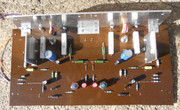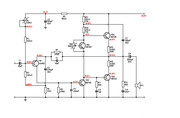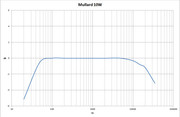melmsmidth
Active member
I'm usually silent (because I don't know enough to say something relevant) but the way some of you do things here is really amazing and inspiring for people like me. There is such a talented group of people here. Thanks for sharing, DaveP and Ian among others, really.
































![Soldering Iron Kit, 120W LED Digital Advanced Solder Iron Soldering Gun kit, 110V Welding Tools, Smart Temperature Control [356℉-932℉], Extra 5pcs Tips, Auto Sleep, Temp Calibration, Orange](https://m.media-amazon.com/images/I/51sFKu9SdeL._SL500_.jpg)




